Great landscape photography comes with a range of unique challenges, and having the right gear for the job is essential.
As a writer and camera gear reviewer for Shotkit, I’ve worked in all weather conditions in and around the beautiful Tweed Valley in northern NSW (Australia) using a range of equipment.
This means striking the right balance between size and weight, along with performance quality, to ensure I have the right tools for the best possible results.
In this guide, I’ll break down the essential gear for landscape photography to help you take stunning photos, whatever challenges the elements throw your way.
A resilient camera
Landscape photography often requires a long trek in the countryside, through unpredictable weather, so you’ll need a resilient camera made from durable materials.
Dropping the camera is inevitable, particularly when working on muddy or icy terrain, so you’ll want one built from a solid metal alloy body.
Choosing a weather-sealed camera means you can shoot in rainy weather, as well as close to water spray from waves or waterfalls that might otherwise damage your camera.
A camera rain cover is also worth packing for additional peace of mind. A rain cover takes up minimal space in your camera bag and allows you to continue shooting in heavier rain.
A selection of lenses
Landscapes and the wilderness offer many opportunities for outstanding photographs, so taking a selection of great lenses allows you to capitalize on as many opportunities as possible.
While the best lenses for landscape photography are subjective, here are some of my suggestions for great lenses to consider adding to your kit.
Wide-angle lenses
Often seen as the go-to choice of lens for landscape photography, wide-angle lenses allow you to capture stunning vistas in a single image.
A wide-angle zoom, such as a 16-35 mm lens, provides plenty of coverage for landscape photographs, distorting perspective while highlighting interesting foreground details.
Telephoto lenses
Landscapes frequently feature points of interest and details that a wide-angle lens lacks the capability of closing in on, making a telephoto lens another essential addition to your gear.
These lenses also compress the image and pull the background detail forward, resulting in a different aesthetic than is achieved with wide-angle or prime lenses.
While telephoto lenses can be a little too heavy and cumbersome for long treks, there are smaller and lighter alternatives that won’t add too much weight to your gear.
They’re also great for close-ups of animals and plants you can’t get close to with a prime lens, giving you additional shot opportunities.
Prime lenses
With their sharper optics and lightweight build, prime lenses are also strong performers for landscape photography that deliver outstanding results.
Their fixed focal lengths help you to think more about composition, producing photographs with a more true-to-life perspective.
My prime lens of choice is a 35mm, since this focal length has a cinematic look that also works well for shooting video footage.
With that said, there are other great options for prime lenses that will deliver impressive landscape photographs, and many professionals with include a selection in their kit.
If you have the opportunity to test prime lenses of different focal lengths, have a play around and see which angle of view best suits your style.
A sturdy tripod
While many cameras feature in-body image stabilization, a sturdy lightweight tripod is a must for photographing landscapes in various lighting conditions.
A tripod opens up more possibilities for shots, particularly in low-light conditions or at night time, allowing you to maximize depth of field.
Using a tripod also makes it easier to align graduated filters, as well as shoot using shutter speeds that are too slow for handheld shooting.
I also like to shoot videos alongside my landscape photography, so if you’re thinking of doing the same, you’ll need to choose a fluid video head for smooth pans and tilts.
The best tripods for landscape photographers are constructed from carbon fiber, reducing the weight without compromising durability.
If you’re after a tripod that’s lightweight enough for backpacking across the great outdoors while still being stiff and reliable, our gear guides at Shotkit reviewed a selection of great value travel tripods here.
Remote release
Using a tripod brings a great deal of stability to landscape photographs, but there’s still a risk of shaking when depressing the shutter release button.
You can avoid potentially degrading the sharpness of the image by using a remote release, or as a cheaper alternative, use your camera’s built-in self-timer.
Filters
Filters are useful tools that can be used to improve landscape photographs while adding negligible weight and space to your overall gear.
Here are two filters I recommend including in your camera bag for shooting impressive landscapes.
Polarizer
A polarizing filter is the filter of choice for many landscape photographers, enhancing colors while reducing unwanted reflections in your compositions.
This filter minimizes the harsh reflections typically given by shiny objects and water, as well as darkening the sky for a richer and deeper blue.
ND filter
An ND filter—or neutral density filter—is another effective filter for landscape photography that compensates for bright skies and helps to overcome high contrast issues.
When shooting video, I like to use a variable ND filter, which allows me to shoot at a shallow depth of field in harsh light.
Spare batteries and memory cards
One of the worst things that can happen when out shooting landscape photos in the wilderness is to run out of batteries, missing the opportunity for a great shot.
To avoid this frustrating scenario, I recommend taking along at least two spare batteries in your camera bag, or more if you’re also shooting lots of video footage.
Additional memory cards are also important. While you can delete unwanted images to make space, this is a time-consuming process.
For overnight expeditions or multi-day hiking shoots, I also pack a power bank, allowing me to recharge batteries at the end of the day without the need for a main power source.
Camera bag or backpack
A solid, waterproof camera back or backpack is also crucial if you’re out in the wild taking landscape photos.
There is a wide range of dedicated rucksacks for photography gear, and the bag and rucksack you use will depend on your equipment.
My preference is to use a side-slung camera bag for my camera and lenses, with a traditional hiking rucksack for my gimbal, tripod, and other accessories.
This allows me to quickly access the camera without the need to remove it from a rucksack, but still gives me the option to use the gimbal and tripod in certain scenarios.
While there are decent dedicated rucksacks for camera equipment, these aren’t optimal for long treks and can be uncomfortable to carry over time.
A good quality camera bag and rucksack should also come with a pull-out rain cover in case you get caught in a downpour.
Waterproof clothing and boots
Keeping yourself warm and dry when out photographing landscapes is as important as maintaining dry equipment, so you need to dress for the occasion.
There’s plenty of hiking clothing available to fit a broad range of budgets, and a decent waterproof jacket combined with a pair of walking boots will make a huge difference on a day out.
If you’re anticipating heavy rain, waterproof trousers and a poncho are handy items of clothing to include in your kit in case you get caught in a downpour.
For summer landscape photography, it can be a good idea to trade the walking boots for some lightweight trainers, making it easier to scramble over rocks and access different vantage points.
AI-based photo editing software
Once you’ve filled your memory cards with plenty of landscape photographs, it’s time to perform some post-processing to really make them shine.
I’ve been using Luminar Neo for my landscape photography post-processing, which features a beautifully intuitive workflow that allows me to quickly edit my images.
Editing my RAW files is simple, with Luminar’s comprehensive tools allowing for quick correction of any distortion and vignetting in the images.
The range of light adjustment filters means I can tweak the colors and white balance to achieve the desired look, as well as alter saturation and vibrance.
Luminar also features an extensive selection of AI-based tools that can further improve landscape photographs, such as the AI Sky Replacement tool.
This allows me to highlight and alter the sky with ease, accurately selecting the awkward elements between tree branches and around the edges of hilltops.
What was once a time-consuming and laborious task can now be achieved with a single click, freeing up time to modify the sky’s tone and color.
These tools, combined with the software’s ease of use and quick export options for social media, are a great way to transform a good landscape photo into a stunning vista.
Learn more about your favorite camera brands and tutorials at Shotkit
Instagram
Twitter
YouTube
Newsletter
Not on 500px yet? Click here to learn about Licensing with 500px.

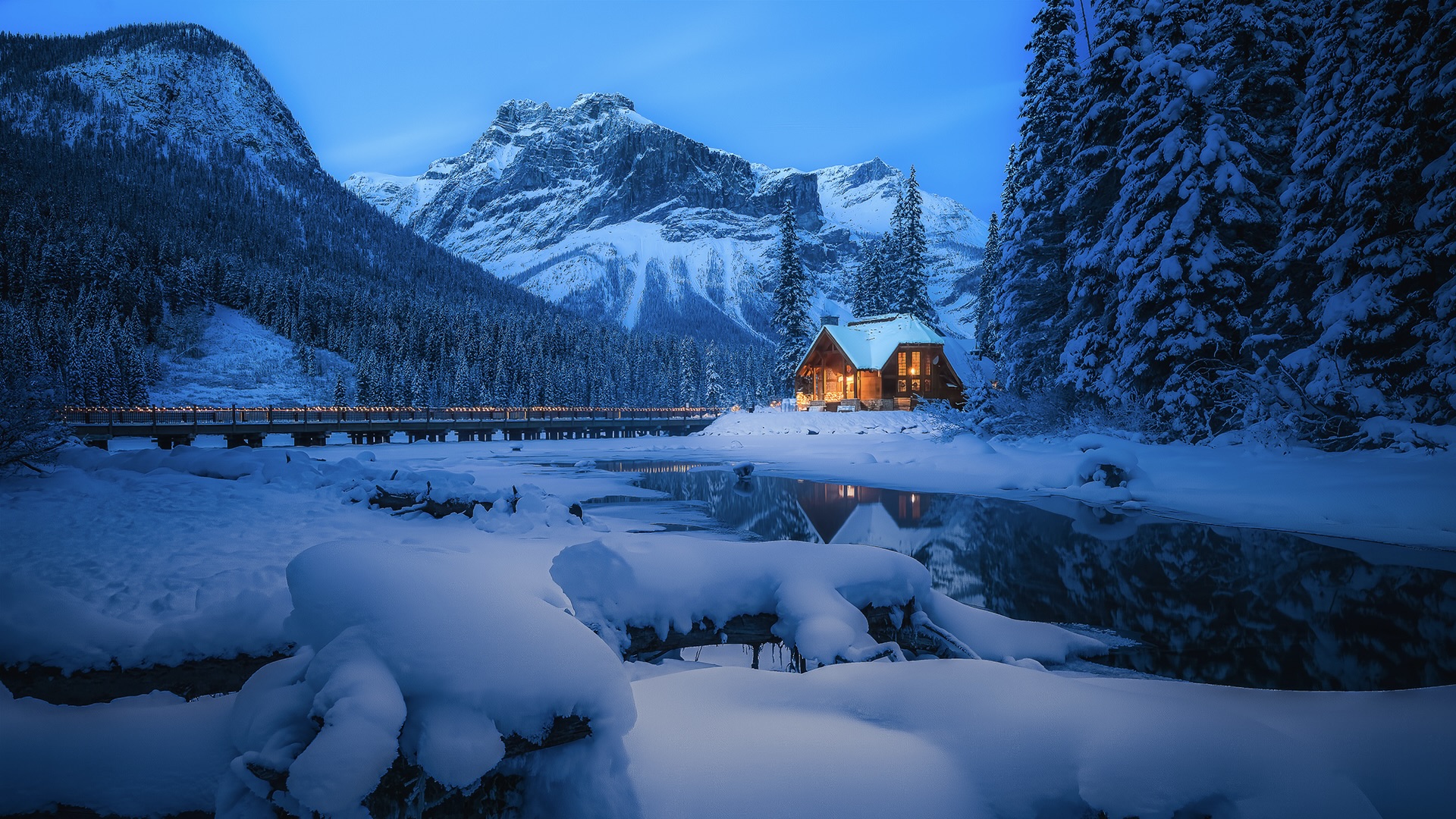
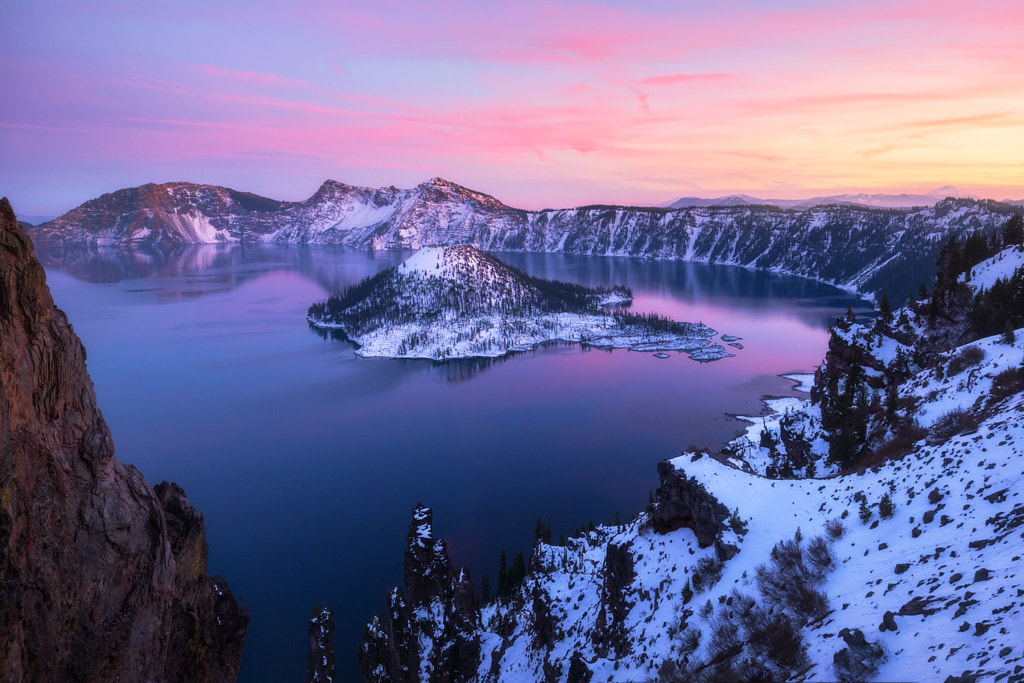


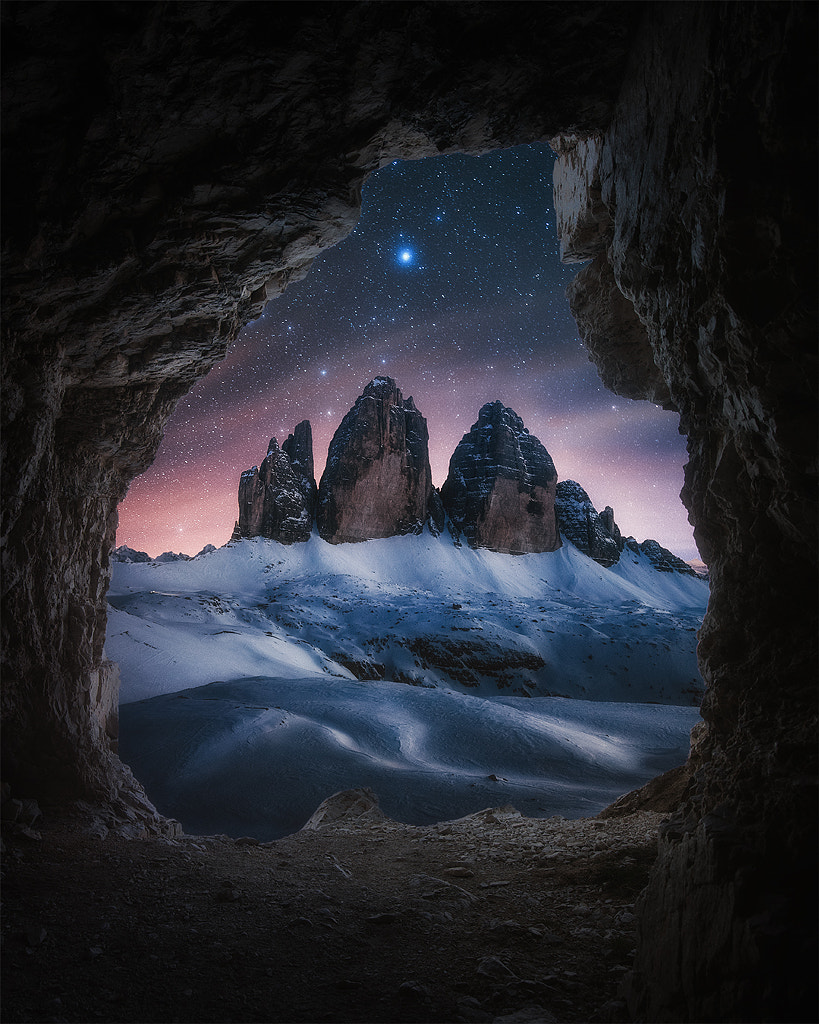

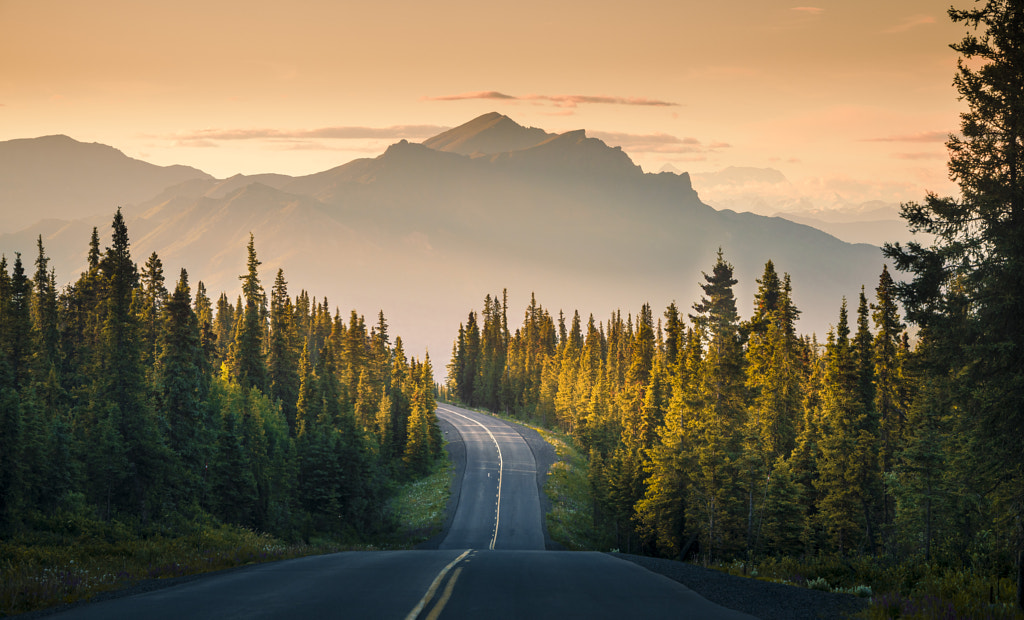
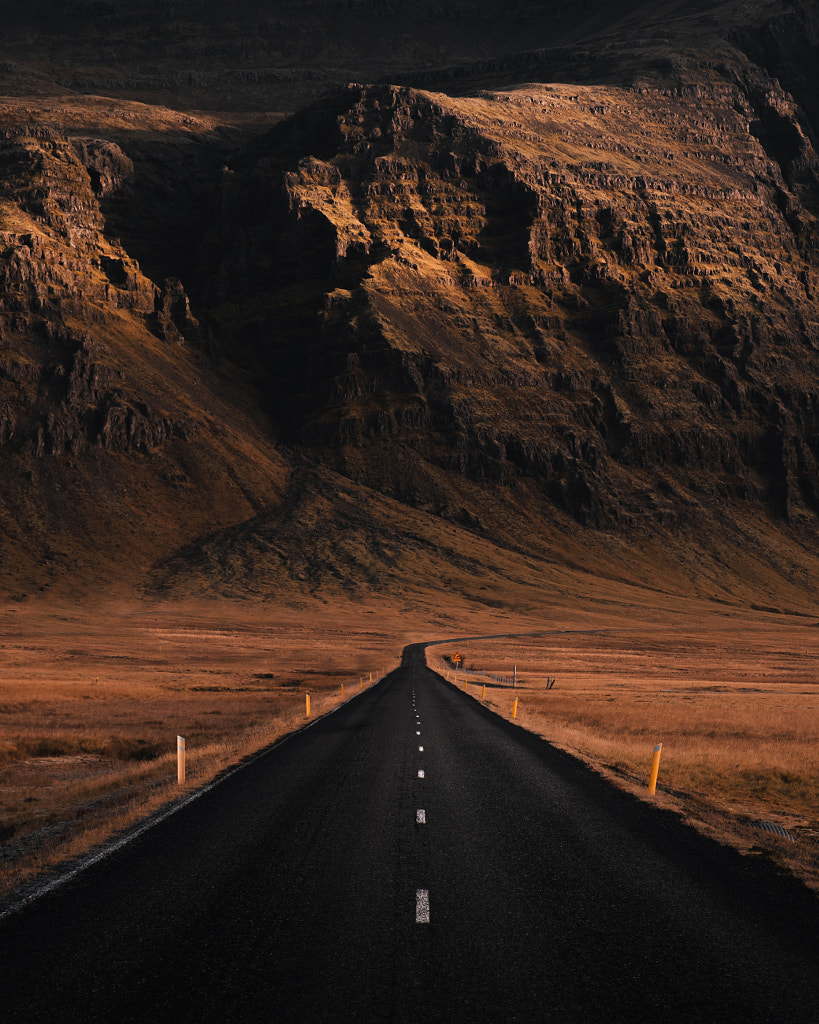
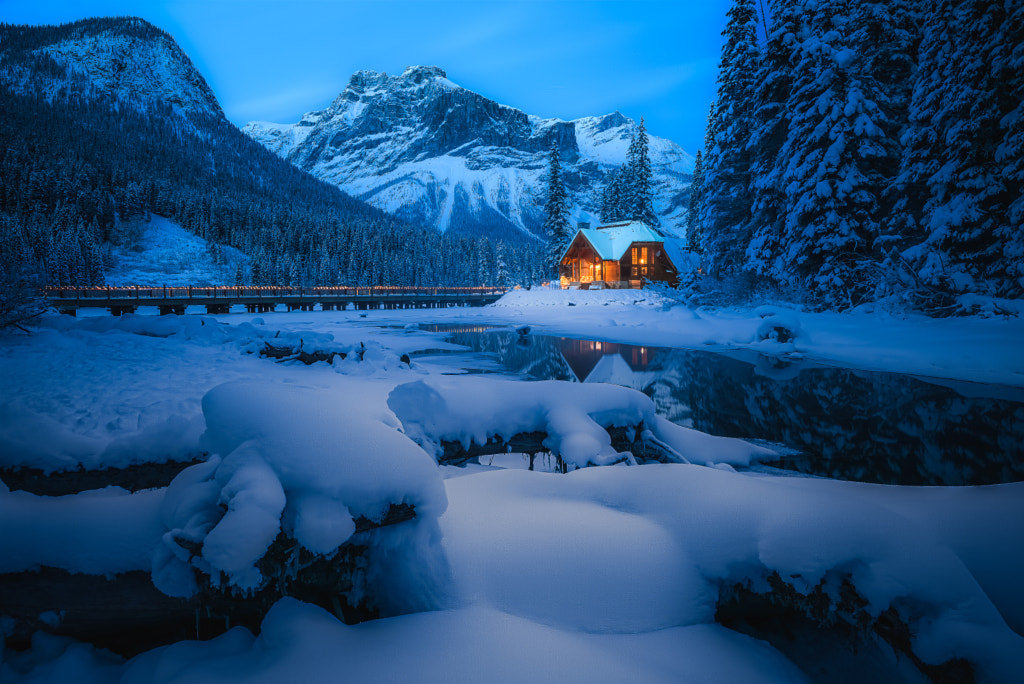
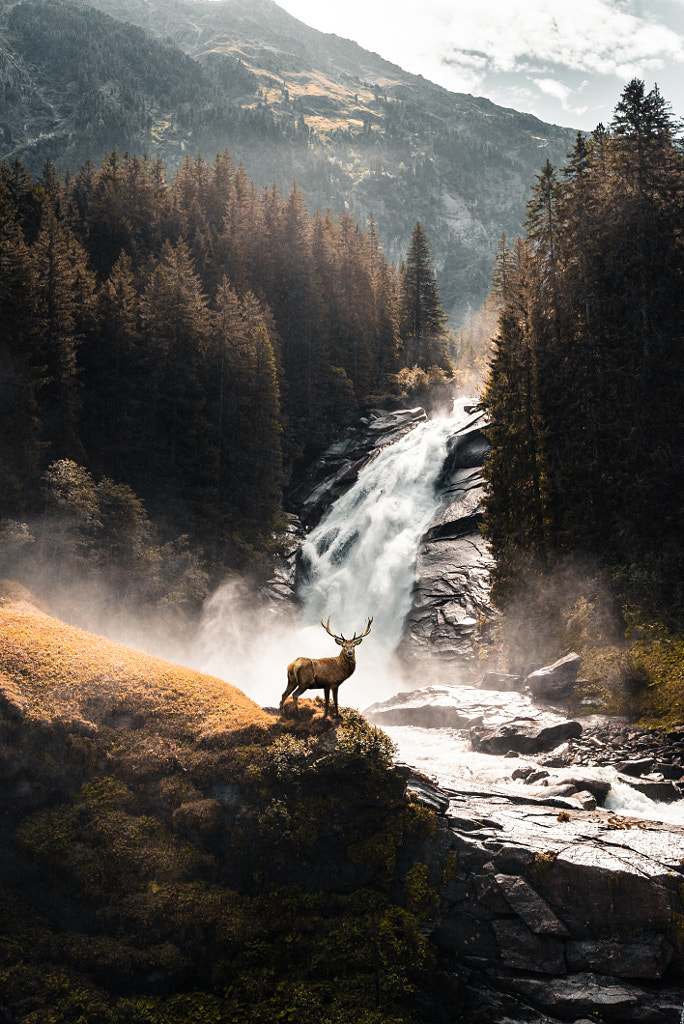
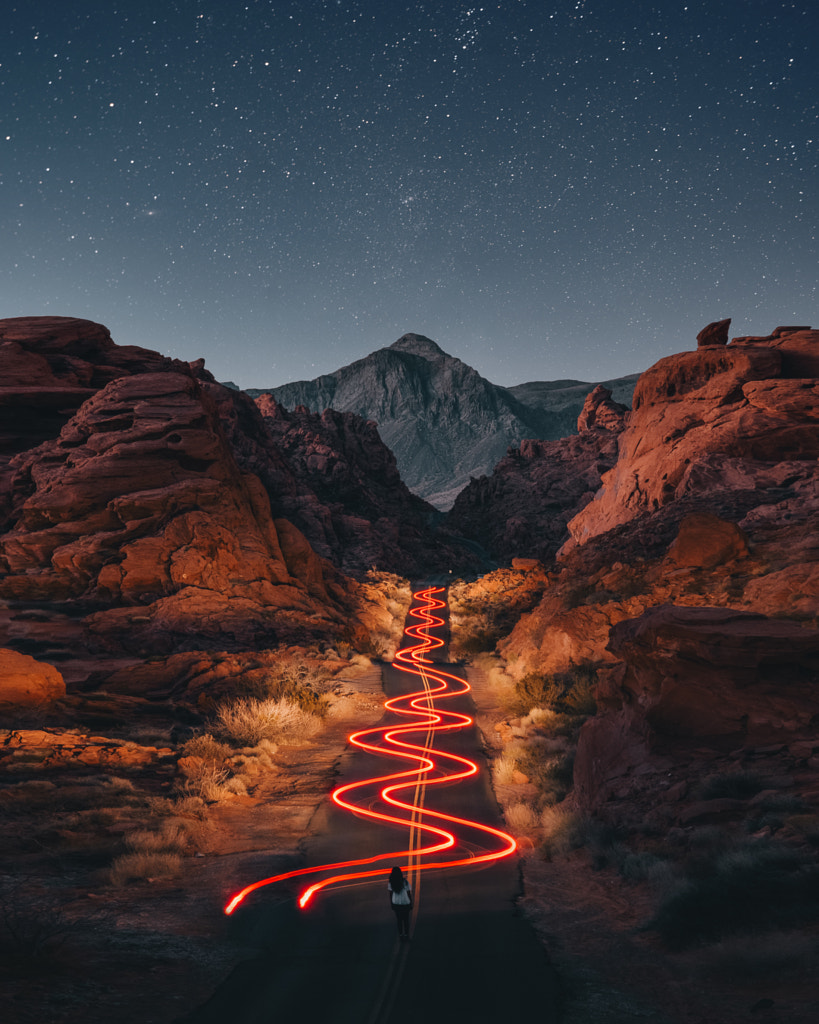






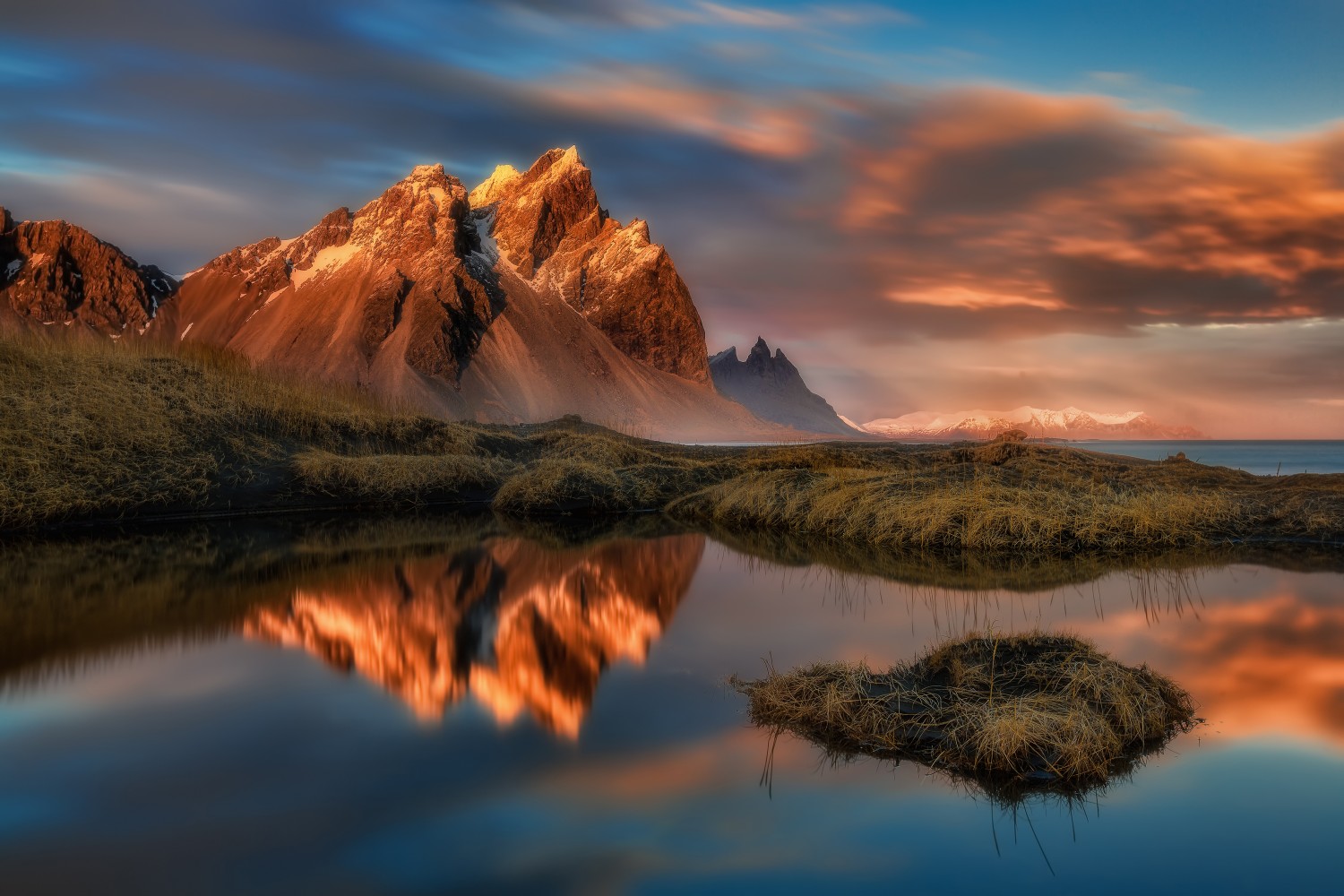
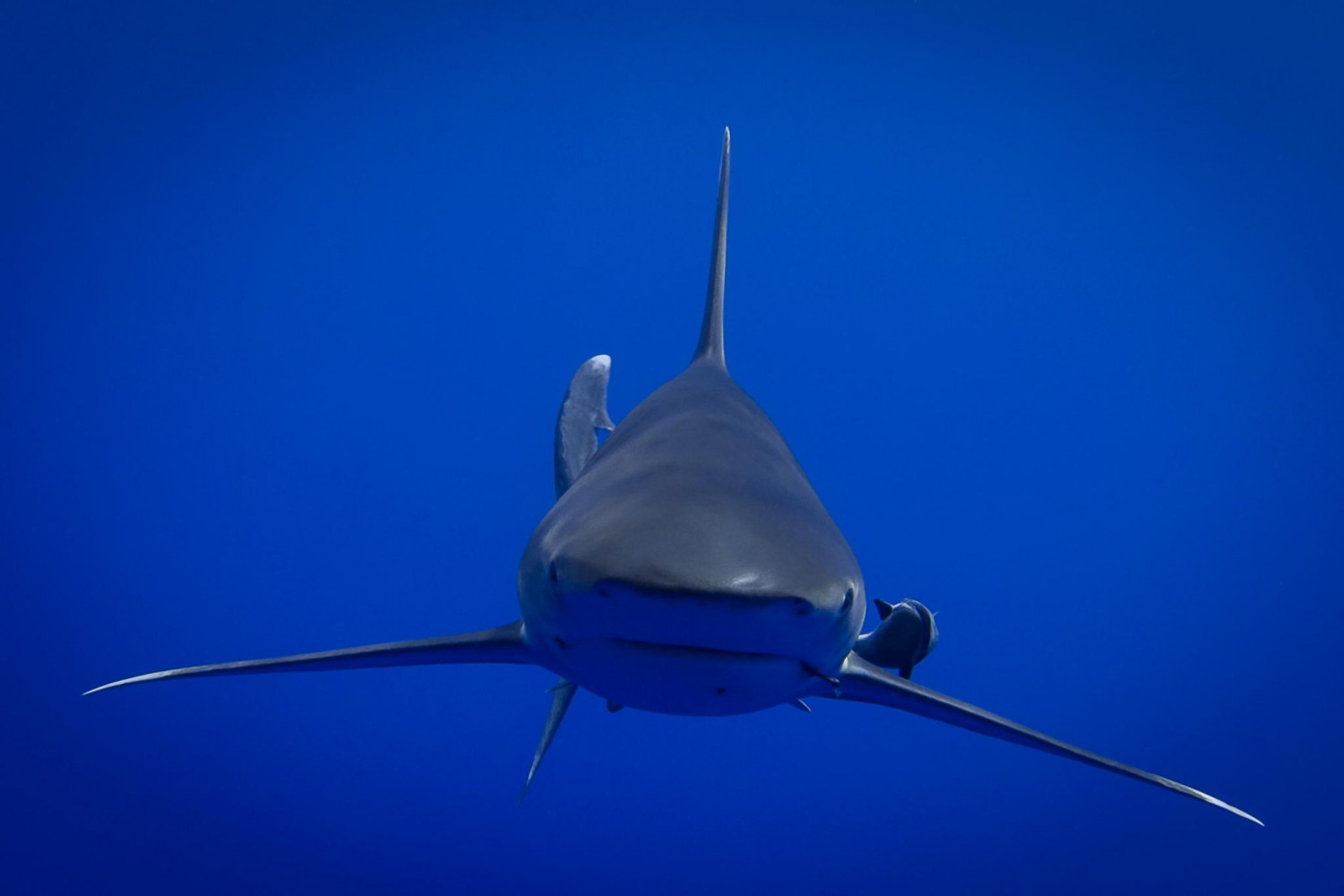
Leave a reply